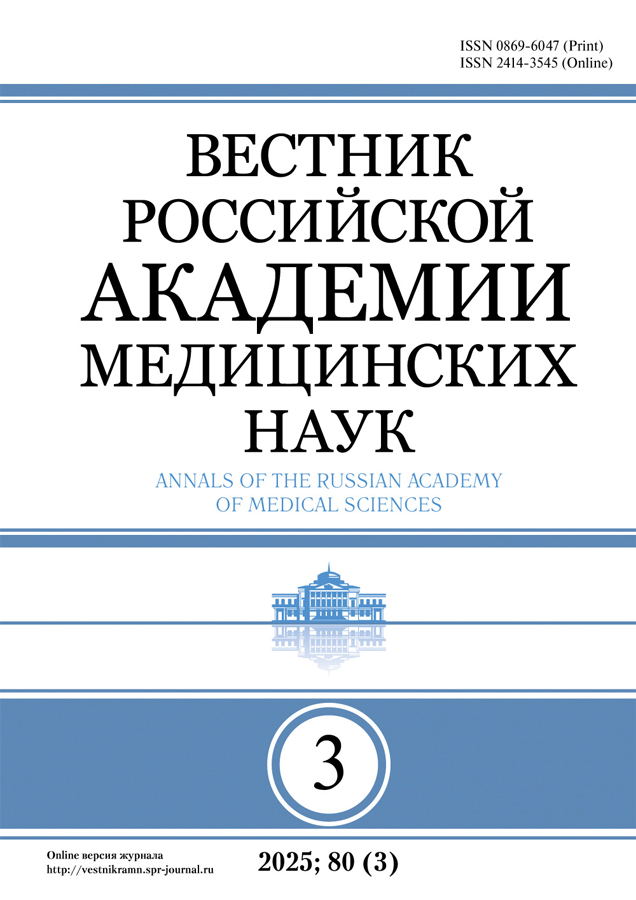COMPARATIVE ANALYSIS AND CLINICAL EXPERIENCE WITH OSTEOPLASTIC MATERIALS MATERIALS BASED ON NON-DEMINERALIZED BONE COLLAGEN AND ARTIFICIAL HYDROXYLAPATITE AT THE CLOSE OF BONE DEFECTS IN AMBULATORY SURGICAL DENTISTRY
- Authors: Dunaev M.V.1, Kitaev V.A.2, Motavkina M.V.2, Druzhinina A.E.2, Bubnov A.S.2
-
Affiliations:
- Central Dental Clinic of FSS, Moscow
- Central Dental Clinic of FSS, Moscow, Russian Federation
- Issue: Vol 69, No 7-8 (2014)
- Pages: 112-120
- Section: SHORT MESSAGES
- Published:
- URL: https://vestnikramn.spr-journal.ru/jour/article/view/415
- DOI: https://doi.org/10.15690/vramn.v69i7-8.1117
- ID: 415
Cite item
Full Text
Abstract
About the authors
M. V. Dunaev
Central Dental Clinic of FSS, Moscow
Author for correspondence.
Email: csp05@mail.ru
MD, dental surgeon, chief medical officer of the Central dental clinic of the Federal Security Service of Russia
Russian Federation
V. A. Kitaev
Central Dental Clinic of FSS, Moscow, Russian Federation
Email: DoctorCSP@mail.ru
кандидат медицинских наук, стоматолог-хирург, заведующий хирургическим отделением Центральной стоматологической поликлиники ФСБ РФ
Адрес: 101000, Москва, ул. Малая Лубянка, д. 9, тел.: +7 (495) 914-56-57
M. V. Motavkina
Central Dental Clinic of FSS, Moscow, Russian Federation
Email: mari.matavkina.85@mail.ru
кандидат медицинских наук, стоматолог-хирург Центральной стоматологической поликлиники ФСБ РФ; ассистент кафедры терапевтической стоматологии Первого МГМУ им. И.М. Сеченова Адрес: 101000, Москва, ул. Малая Лубянка, д. 9, тел.: +7 (495) 914-44-35 Russian Federation
A. E. Druzhinina
Central Dental Clinic of FSS, Moscow, Russian Federation
Email: selena1251@mail.ru
аспирант кафедры имплантации и реконструктивной хирургии полости рта МГМСУ им. А.И. Евдокимова; стоматолог-хирург Центральной стоматологической поликлиники ФСБ РФ
Адрес: 101000, Москва, ул. Малая Лубянка, д. 9, тел.: +7 (495) 914-44-35
A. S. Bubnov
Central Dental Clinic of FSS, Moscow, Russian Federation
Email: bubnoff23@yandex.ru
стоматолог-хирург Центральной стоматологической поликлиники ФСБ РФ
Адрес: 101000, Москва, ул. Малая Лубянка, д. 9, тел.: +7 (495) 914-44-35
References
- Grossi S.G., Genso R.J. Periodontal disease and psychiatric disorders: a two-way relationship. Ann. Periodontol. 2007; 3: 51–61.
- Биопластические материалы для нового качества жизни. Рекомендации МГМСУ и НПК «ВИТАФОРМ-Р». М. 2006. C. 3–7.
- Робустова Т.Г. Хирургическая стоматология. М.: Медицина. 2008. 134 с.
- Бажанов Н.Н. Стоматология. М.: Медицина. 2006. C. 56–58.
- Александров Н.М. Клиническая оперативная челюстно-лицевая хирургия: рук-во для врачей. СПб.: Медицина. 2011. C. 35–37.
- Williams D.F. The Williams Dictionary of Biomaterials. Liverpool: University Press. 2009. P. 52–42.
- Дмитриева Л.А., Ревазова З.Э., Яковлева Т.А. Клиниче-ский опыт использования остеопластического материала «Остеопласт-К» при хирургических вмешательствах на паро-донте. Пародонтология. 2006; 2: 38–42.
- Иорданишвили А.К., Гололобов В.Г., Басченко Ю.В., Сахарова Н.В. «Коллапан» — coвременный оптимизатор репаративного остеогенеза. Амб. хирургия. Стационарозамещающие технол. 2009; 2: 6–8.
- Адда Ф. Стимуляция рубцевания в пароимплантоло-гии. PRF-тромбоциты с высоким содержанием фибрина. Пародонтология. 2010; 4: 38–42.
Supplementary files








